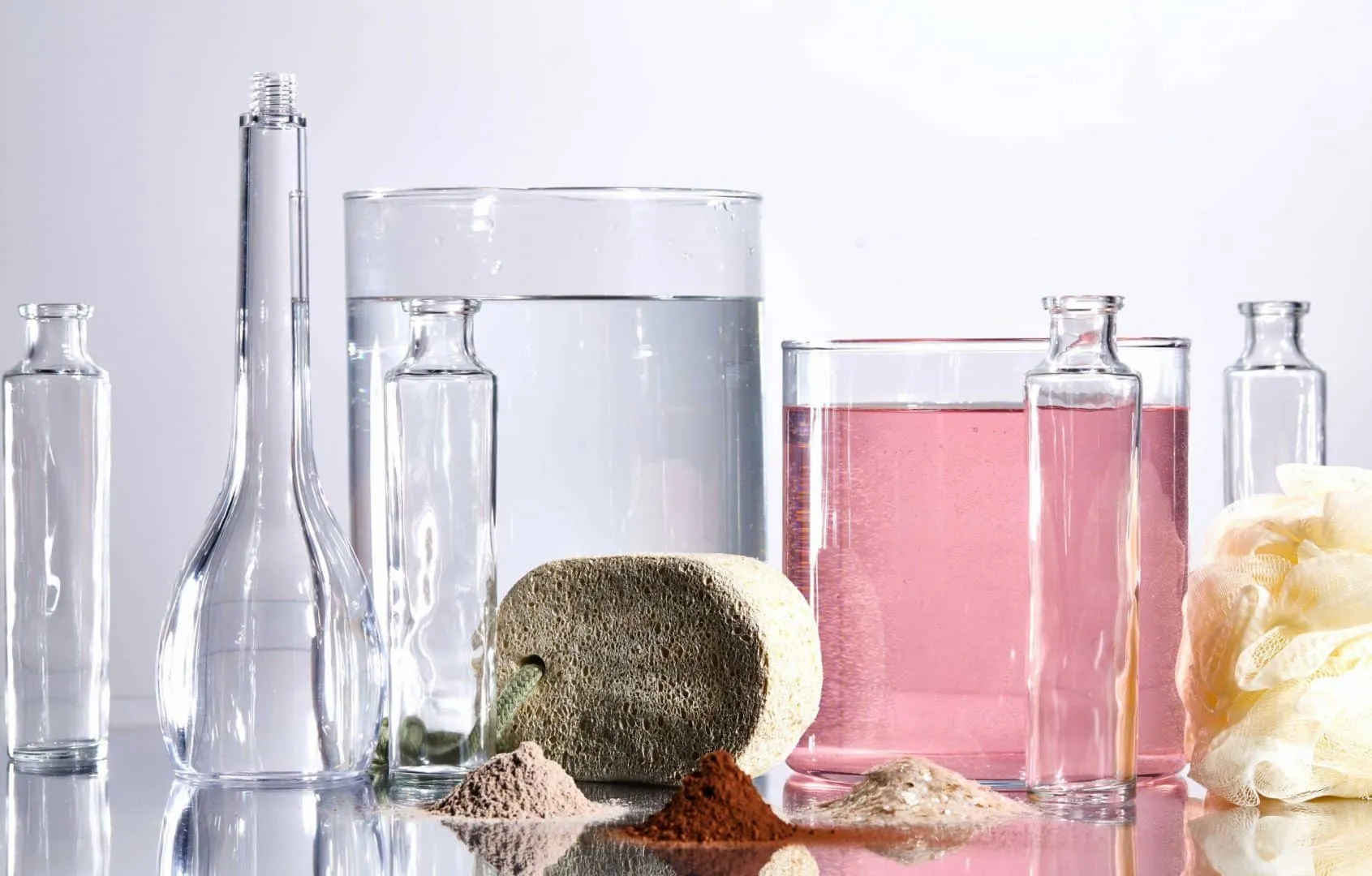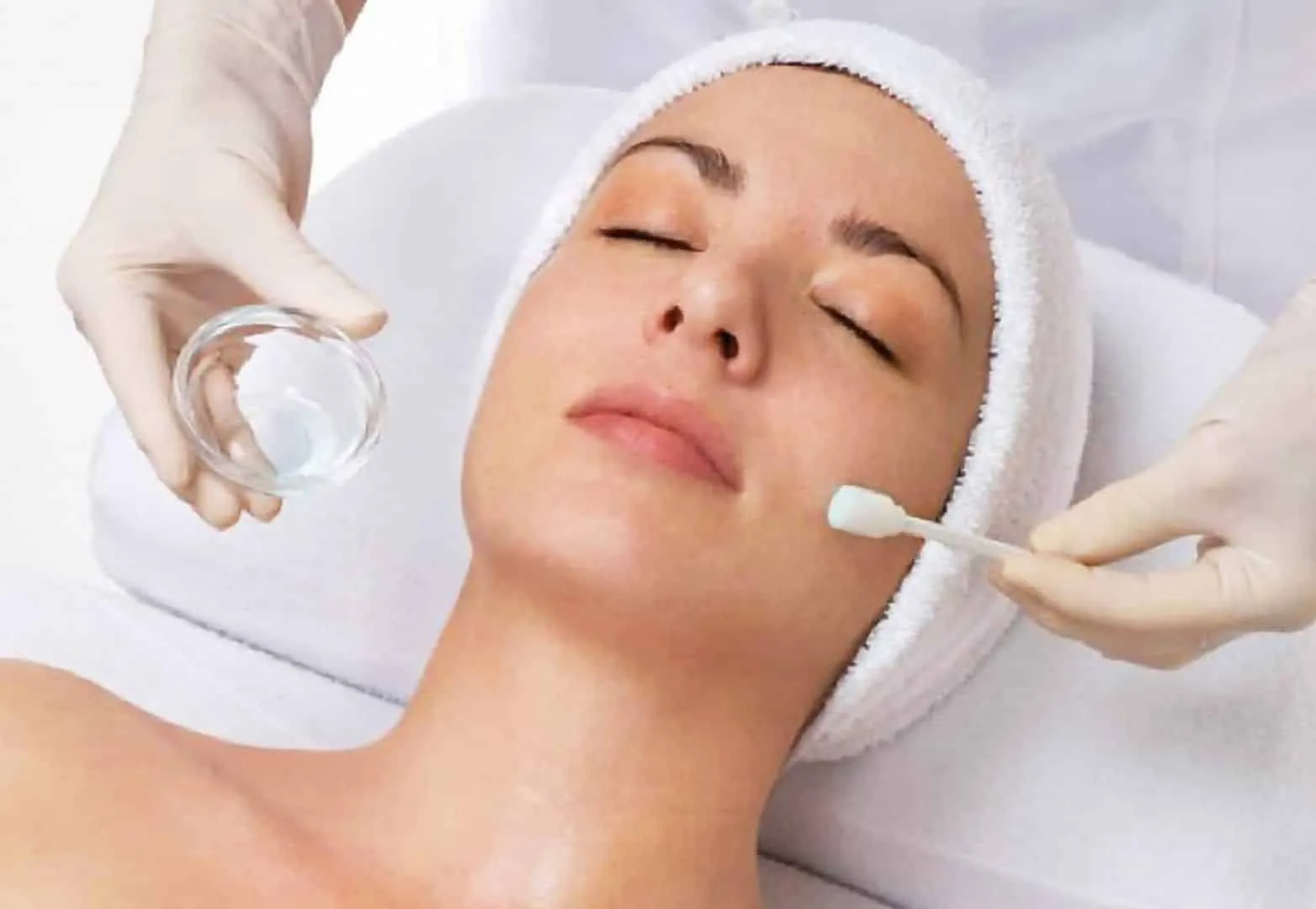Facial acids are one of the main treatments for lightening skin blemishes, and each of them has a specific purpose.
One of the biggest skin-related problems is terrible facial blemishes. They appear for various reasons, whether due to age, sun exposure or scars from pimples and blackheads, melasma, among others. Therefore, they become a major inconvenience that directly affects women’s self-esteem. Therefore, a highly sought after treatment option is facial acids.
This is because acid treatments for the face help to considerably alleviate these marks on the skin. Furthermore, the acids have proven to be quite effective in dealing with other skin problems, such as open pores and oiliness. This is because they help with skin renewal, consequently eliminating the cells that cause blemishes.
There are different types of acids for the face, each of them with a specific purpose. Therefore, it is very important to get to know each of them better, to understand which one is best suited for each type of problem.
Therefore, today we will learn more about acids for the face and their benefits. However, remember that it is very important to consult a dermatologist before starting to use this type of product.
Acids for the face

Facial acids are active ingredients that bring a series of benefits to the skin, the main one being skin renewal. So, as the skin layer is renewed naturally every 21 or 28 days, the function of these acids is precisely to accelerate this process.
Therefore, it is common that when applied to the skin, the acid causes peeling. This means that the skin has undergone renewal outside of its normal cycle. In this way, the acids act in the deepest layer of the skin, stimulating the production of collagen and elastin.
But in addition, these active ingredients also exfoliate the skin, which results in the removal of dead cells, which helps prevent the appearance of blackheads and pimples. All of this contributes to firmer skin that is protected against premature aging.
However, despite being very beneficial for the skin, the use of acids for the face requires consultation with a dermatologist. Because there are several types, and each of them has a purpose. Not to mention that incorrect use of these substances can end up making skin problems even worse.
Types of acids

Below we will learn more about the main acids for the face and their benefits.
Ascorbic acid
Ascorbic acid, also known as vitamin C, is one of the most powerful active ingredients and antioxidants. It works by neutralizing free radicals, reinforcing photoprotection and preventing premature aging. In addition, it helps whiten the skin, as it evens out its natural tone and also stimulates collagen production.
retinoic acid
Often present in dermocosmetic formulas, retinoic acid does not have a direct whitening action. However, it helps to improve cell renewal, which means that young cells receive adequate oxygenation and reach the skin’s surface nourished. Therefore, combined with other whitening substances, retinoic acid can help eliminate stained cells.
Glycolic Acid
Glycolic acid is an alpha-hydroxy acid, with a strong exfoliating action, which, in addition to acting on cell renewal, also helps hydrate the skin. Therefore, it can be a great complement in the treatment of skin blemishes, as it helps to reduce skin thickness, facilitating the action of whitening substances. In addition to being one of the facial acids that most contribute to skin rejuvenation.
Salicylic acid
In the case of salicylic, we are talking about a beta-hydroxy acid, with highly exfoliating and sebum-regulating properties. In this way, it helps to reduce the thickening of the dermis, prevents contamination by bacteria and promotes cell renewal. In addition to eliminating excess oil, which contributes to the treatment of acne.
Ferulic acid
It is a phenolic substance, with highly antioxidant and whitening properties. Therefore, when combined with vitamin C and vitamin E, ferulic acid helps prevent redness after sun exposure, preventing the appearance of wrinkles and evening out the natural skin tone.
dioic acid
Dioic acid, in turn, has a calming and antibacterial action. In this way, it contributes to skin whitening, improving the appearance of imperfections, especially acne spots.
Citric acid
Another acid classified as alpha-hydroxy acid, citric acid is one of the main components of chemical peels. This is because it helps in the renewal of dermis cells, and consequently contributes to their whitening.
LHA
LHA is present in several dermocosmetic products. This is because the lipophilic derivative of salicylic acid has a keratolytic action, which helps prevent the formation of blackheads, in addition to contributing to the control of skin oil.
Hyaluronic acid
Hyaluronic acid is another well-known skin care product, being an essential component for the skin. It helps hydrate the skin, improving its appearance and smoothing expression lines and wrinkles.
tranexamic acid
Very effective in lightening the skin, it is one of the most effective facial acids for treating blemishes. Being especially effective in treating blemishes resulting from an inflammatory process.
kojic acid
Kojic acid inhibits the production of melanin, which helps to lighten and even out the skin. Being one of the most recommended acids for treating skin blemishes, in addition to being very efficient in caring for hyperpigmentation without causing irritation.
Azelaic acid
Azelaic acid is a great, gentler whitening option that can even be used by pregnant women. Thus, it helps to improve, control and lighten melasma, which is very common during pregnancy. It acts on melanin-producing cells, interrupting their development.
phytic acid
Phytic acid acts in a very similar way to Vitamin C, being a very efficient inhibitor of tyrosinase, which reduces the production of melanin. Therefore, it is one of the safest facial acids, in addition to having progressive action.
Trichloroacetic acid
And finally, trichloroacetic acid, which despite being very effective in treating skin blemishes, is a very aggressive active ingredient. That is why it is only used in offices that perform peelings.
Use of acids for the face

Facial acids can be used in different ways, but always with a dermatologist’s recommendation. After all, only a specialized doctor can indicate which acid is best for your case.
But they are commonly used in physical peelings, the most superficial type that promotes exfoliation and renews the skin. Thus, acids can be used alone or combined with chemical peels. These can be superficial, medium and deep. This will depend on the recommendation and the intention with the treatment. In this type of process, the most common acids are retinoic, salicylic, trichloracetic and glycolic.
However, these active ingredients are most sought after in dermocosmetic products and are easily found in skincare products. Therefore, they are much less aggressive than peelings, and also help in the treatment of acne spots and expression lines.
However, regardless of how they are used, facial acids tend to sensitize the skin. Therefore, it is essential to use sunscreen after use, in order to protect the skin against solar radiation and prevent the appearance of new spots.
Anyway, what did you think of this article? In fact, take the opportunity to also check out what peeling is, what types and care it is.
Sources: Beleza na Web Blog Pró-Corpo Derma Club Derma Club
Featured image: Women’s Tips
Images: Lifestyle at the Minute Neutrogena Aesthetic Nursing

Sign up for our newsletter and stay up to date with exclusive news
that can transform your routine!
Warning: Undefined array key "title" in /home/storelat/public_html/wp-content/plugins/link-whisper-premium/templates/frontend/related-posts.php on line 12
Warning: Undefined array key "title_tag" in /home/storelat/public_html/wp-content/plugins/link-whisper-premium/templates/frontend/related-posts.php on line 13



![10 alimentos que fazem o cabelo crescer [saúde capilar]](https://storelatina.com/wp-content/uploads/2024/06/1718525114_10-foods-that-make-hair-grow-hair-health-305x207.jpg)
